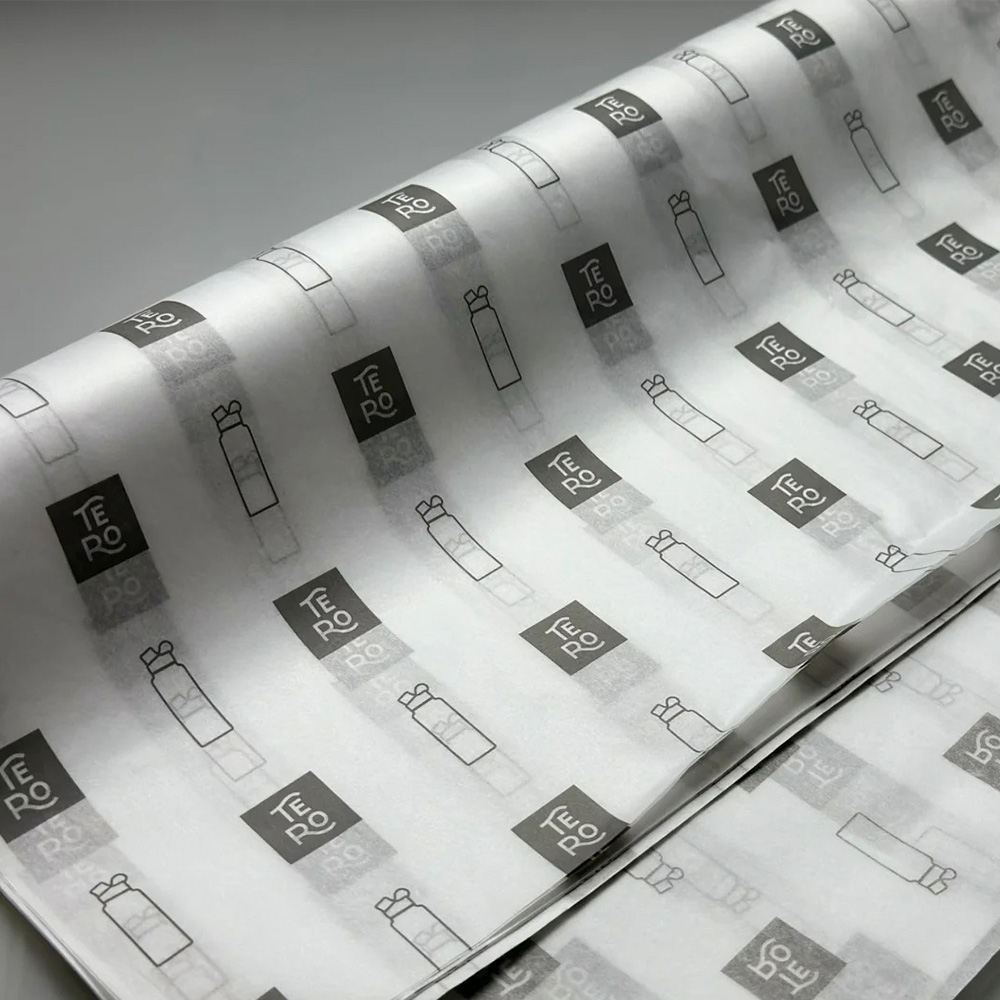If your packaging touches food (pastry boxes, burger wrap, coffee cups, tea/nut liners, etc.), you’ll want “food-grade.” It just means: safe, clean, and suitable for your food scenario.
What does “food-grade paper” mean?
Safe to touch food directly without releasing harmful substances.
Won’t transfer odd smells or tastes to the food.
Materials (paper, coatings, glue, inks) are traceable and come with basic compliance statements (EU/FDA/GB, depending on market).
When do you really need it?
Direct contact: cake boards, bread bags (inner), burger/fried chicken wrap, tea/nut liners.
Oily / wet / hot: pizza box inner side, hot drink cups, oven/microwave baking paper.
Long contact time: chocolate dividers, snack liners.
If food is in a sealed inner bag and your paper only forms the outer box, the outer box usually doesn’t need to be food-grade.
Decide faster: 4 things to clarify
Food type: dry / oily / acidic / alcoholic?
Temperature & time: frozen, ambient, hot drink (70–95 °C short time), oven/microwave?
Contact mode: direct vs. indirect (with an inner bag).
Heat seal needed? If yes, choose paper with PE/PP/PLA or water-based heat-seal coating.
Common, easy choices (plain English)
Food-grade kraft / uncoated paper: great for dry bakery; add grease- or moisture-resistant coating if needed.
Cup stock / takeaway board: for coffee cups, bowls; usually with PE or water-based coating for water/heat resistance.
Baking (parchment) paper: oven-safe for trays and liners.
Grease-resistant wrap: for burgers, fried food.
Outer box + certified inner bag: for tea, nuts, cookies—box for branding, bag for barrier.
Printing & odor (super important)
The side that touches food: preferably no printing. If you must print, use low-odor, low-migration systems and run a sample first.
Outer surfaces: standard printing is fine—just keep odors low and avoid huge dark solids that scuff easily.
Finished goods should be almost odorless when you open the box.
What to tell your supplier (copy/paste this)
Food type (dry/oily/acidic/alcohol) and direct/indirect contact.
Temperature conditions (ambient/chilled/frozen/hot; oven/microwave?).
Shelf-life or freshness needs (do you need a better barrier or heat seal?).
Target market (China/EU/US etc. → match compliance statements).
Look & feel (high-color print, tactile papers, eco look).
What documents to expect
Declaration of Compliance (what food, temperature, and time it’s approved for).
Recent test report (overall migration & sensory/odor at minimum).
Ink/coating notes (low-migration or water-based where relevant).
English certificates for export (EU/FDA/GB) if needed.
Common pitfalls (and how to avoid them)
Only asking for “food-grade” without usage details → coating may fail in oil/heat.
Treating the outer box as direct contact → costs skyrocket; use an inner bag when possible.
Ignoring odor → ruins the unboxing experience.
Confusing recyclable with food-safe → they’re different checks.
Quick recommendations by scenario
Bakery bags (short contact): food-grade kraft → add grease/moisture coating if needed.
Burgers/fried food: base paper + grease-resistant coating (rated for warm use).
Hot drink cup/cup sleeve: cup stock with PE or water-based inner coating; sleeves focus on grip/heat insulation.
Tea/nut gift boxes: certified inner bag (aluminum or high-barrier) + standard printed outer box.
Oven use: baking/parchment paper with a clear temperature limit.
One-line takeaway
Food-grade is not about fancy terms—it’s about your real use case. Share food type, contact, temperature, and time, and we’ll suggest the right paper + coating + inner bag (if needed), along with compliance docs and a sampling plan that fits your budget and brand look.
